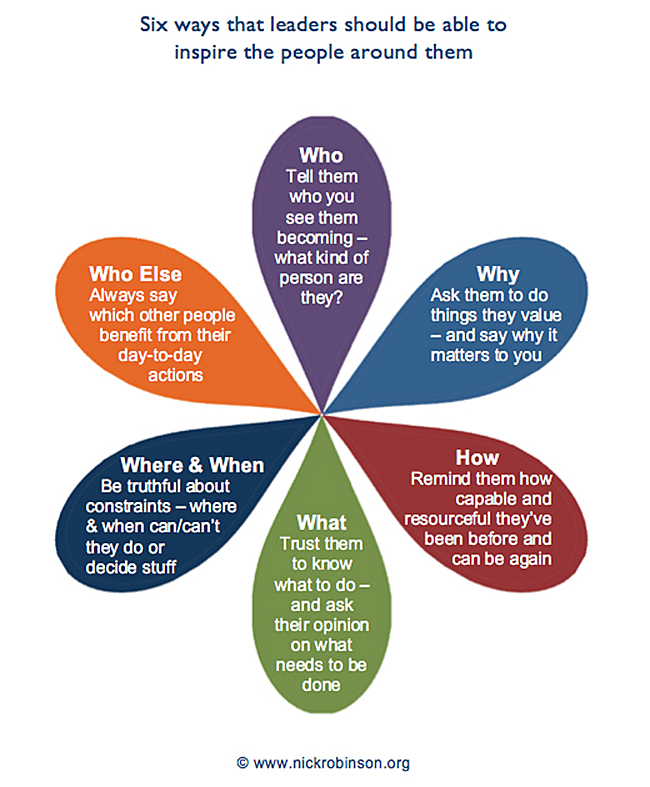10 Ways to be a Smarter Leader
How to be Smart in a World of Dumb Leaders
Thank you for reading this. There is so much to be done in the way that some people lead and run businesses and organisations, that it really needs folks to spread the word about how things could be instead.
So many times I’ll be sitting in a work-group observing, or be finding-out second-hand about something a leader has said or done that just makes me cringe: “Ouch! Why did they need to say or do it that way?” You’ve probably seen or heard about something similar yourself?
I just looked back through my notes over the last few months to find these ten examples of what I reckon are the most important differences between Smart and Dumb leaders – it wasn’t hard to find these!
Please get out there and spread the word. Let’s have much more smart leadership.
| Dumb Leaders: | Smart Leaders: |
|---|---|
| Pretend to know all the answers | Are brave enough to ask the tough questions |
| Struggle to hide their weaknesses | Use their vulnerabilities as a chance to learn from and develop others |
| Never stop to see themselves how others see them | Take the time to walk in different worlds and explore multiple viewpoints |
| Inflict their mood-swings on everyone else | Successfully manage their emotions, to help read and influence the moods of others |
| Always look for the heroic, Hail Mary long shots | Make sure the daily grind is being done well, to make the most of the right opportunities |
| Will happily, noisily and frequently tell you what they think – and even what you think | Apply the principal of one mouth, two ears – seek to listen and understand before being understood |
| Don’t care who you are nor what’s important to you | See each team member as an individual deserving of their attention |
| Slap-down ideas and actions that don’t fit into their way of doing things | Encourage creative thinking and prudent risk-taking |
| Keep their plans secret | Know how to use their vision of the future to motivate and inspire people |
| Have low standards for their own behaviours and will justify doing as they want, when they want | Role-model the kind of high ethical behaviour that instils pride and earns respect and trust. |


